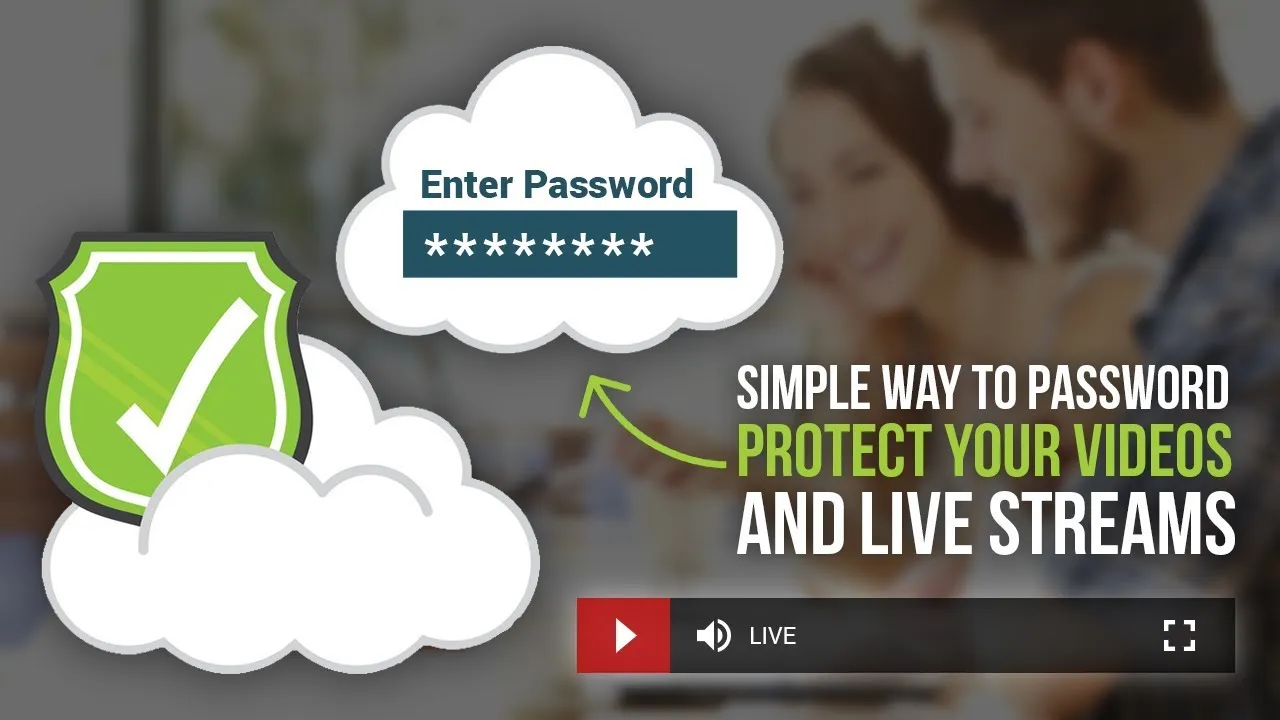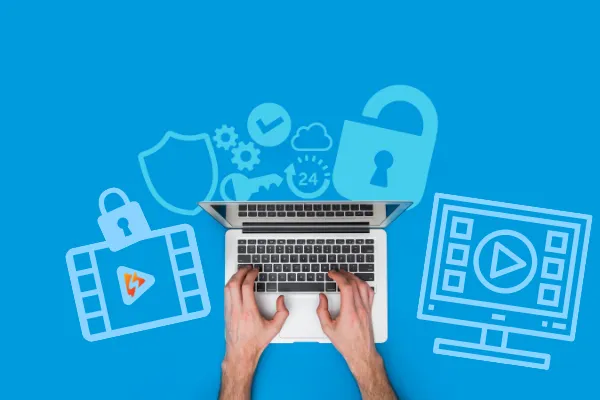YouTube is an incredible platform that allows users to share videos with the world. However, not everyone wants their content to be open to everyone. Whether you're a content creator or a casual user, understanding the privacy features on YouTube is essential. This introduction will help you navigate how to protect your videos and channel while still engaging with your audience.
Understanding YouTube's Default Privacy Settings

YouTube offers a range of privacy settings that cater to different user needs. By default, when you upload a video, it is set to "Public." This means anyone can find and view your video. However, if you want to keep your content more private, YouTube provides several alternatives:
- Public: Your video is visible to everyone and can be found via search.
- Unlisted: Only people who have the link can view your video. It won't show up in search results or on your channel.
- Private: Only you and the users you choose can view the video. This is the most secure option but doesn't allow for wider engagement.
It's crucial to understand that these settings apply to individual videos. You can adjust these privacy settings during the upload process or afterward by editing the video settings. Here's a quick breakdown of these options in a table:
| Setting | Description |
|---|---|
| Public | Visible to everyone, searchable, and can be shared widely. |
| Unlisted | Visible only to those with the link; not searchable or listed on your channel. |
| Private | Restricted access; viewable only by selected users. |
By utilizing these settings, you can manage the visibility of your content, ensuring that your videos reach the right audience while maintaining control over who can see your work.
Also Read This: How Shutterstock Images Work and How to Make the Most of Them
Options for Limiting Video Access

When it comes to controlling who can see your videos on YouTube, you have a few options at your disposal. While you can't password protect your channel or videos in the traditional sense, YouTube does offer some privacy settings that can help you limit access to your content. Let’s break them down:
- Public: This setting allows anyone to view your video. If you want to reach a broad audience, this is the way to go. However, this option offers no restrictions.
- Unlisted: An unlisted video won’t show up in search results or on your channel. Only people who have the direct link can view it. This is a great option if you want to share a video with a select group without making it completely private.
- Private: With private videos, only people you invite can view them. You can invite up to 50 users, and they must have a YouTube account. This setting offers the highest level of control but limits your audience significantly.
- Scheduled Release: Although not a direct access limitation, scheduling a video to go live at a specific time allows you to control when your audience can access it, giving you a chance to prepare for engagement.
Each of these options has its unique benefits depending on your goals. Whether you’re looking to share with friends and family or keep your content entirely to yourself, YouTube provides the tools to help manage who sees your videos.
Also Read This: Understanding the High Cost of LinkedIn Premium and Its Features
Limitations of YouTube's Privacy Controls
While YouTube does offer various privacy settings, it’s important to understand their limitations. Here are a few key points to consider:
- Unlisted Videos Can Be Shared: Even though unlisted videos aren't searchable, anyone with the link can share it. This means that, theoretically, your video could still reach a larger audience than you intended.
- Private Video Invite Limit: YouTube restricts private video viewing to just 50 users. If you have a larger group of people you want to share with, you may need to look for alternative methods.
- No Password Protection: Unlike some platforms, YouTube does not allow you to set a password for your videos. This can be a drawback for those looking for a more secure way to share content.
- Content Ownership: Even with privacy settings, you still have to abide by YouTube's policies. If your content is flagged, it might be removed without warning, regardless of your privacy settings.
Ultimately, while YouTube provides important tools for managing video access, these limitations can be a concern for users who prioritize privacy and security. Always weigh your options carefully and consider if YouTube is the right platform for your content-sharing needs.
Also Read This: What Time Does the Royal Rumble Start and Full Event Schedule
5. Alternative Methods for Video Privacy
If you're looking to keep your YouTube videos private without relying on password protection, there are several alternative methods you can explore. While YouTube doesn’t offer a straightforward way to password-protect your videos or channel, you can still maintain a level of privacy and control over your content. Here are some options to consider:
- Unlisted Videos: This is perhaps the easiest way to share videos privately. When you upload a video, you can choose the "Unlisted" option. This means that only people with the link can view the video. It won’t appear in search results, your channel, or subscriber feeds.
- Private Videos: If you want even more control, you can set your video to "Private." This allows only specific users you invite to watch the video. Keep in mind that these users must have a YouTube account.
- Creating a Private YouTube Group: Another alternative is to create a private group on another platform where you can share your videos. You can upload the video to YouTube and then share the link in your private group, ensuring that only group members can access it.
- Use Other Video Hosting Platforms: Consider using platforms that offer password protection, like Vimeo or Wistia. These services allow you to set passwords or restrict access more effectively.
By utilizing these methods, you can maintain a level of privacy for your YouTube content without the need for a password. Choose the option that best fits your needs!
6. Conclusion: Best Practices for Protecting Your Content
In today's digital age, protecting your content is more important than ever. While YouTube lacks a direct password protection feature, there are several best practices you can adopt to safeguard your videos and channel. Here are some key takeaways:
| Best Practice | Description |
|---|---|
| Know Your Audience: | Understand who you want to share your videos with and choose the appropriate privacy settings accordingly. |
| Utilize Privacy Settings: | Make the most of YouTube’s privacy options, such as Unlisted and Private videos, to control who can view your content. |
| Monitor Your Comments: | Use comment moderation tools to maintain a safe environment for your viewers. |
| Brand Your Content: | Consider watermarking your videos to deter unauthorized use and protect your brand identity. |
| Educate Viewers: | Make sure your audience knows how to respect your content and adhere to your sharing guidelines. |
By following these best practices, you’ll not only keep your content secure but also foster a community that respects your creative work. Remember, while you can’t password-protect your YouTube content, you can take proactive steps to ensure it’s shared safely and responsibly!